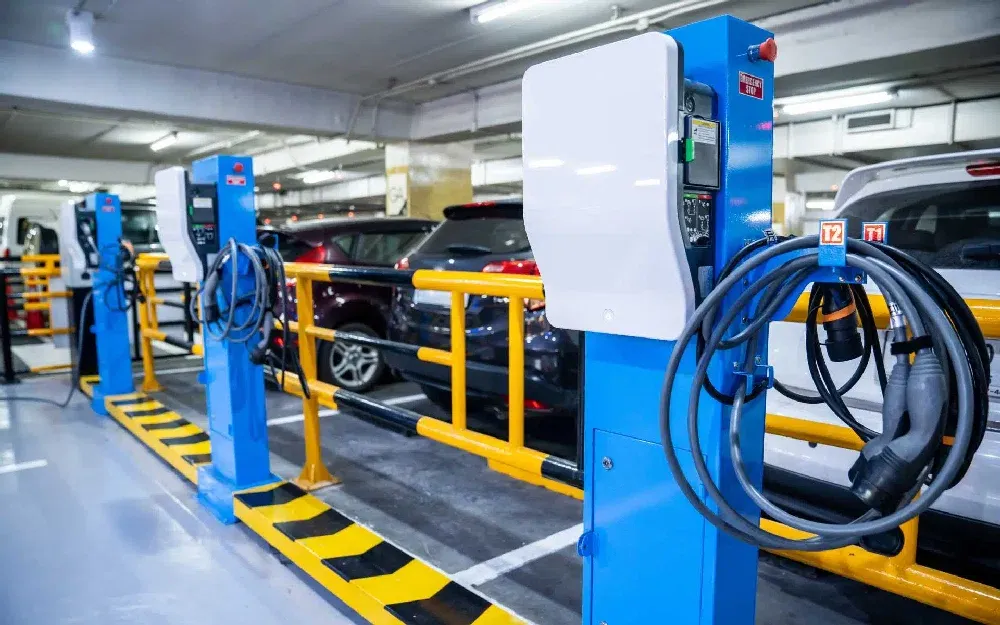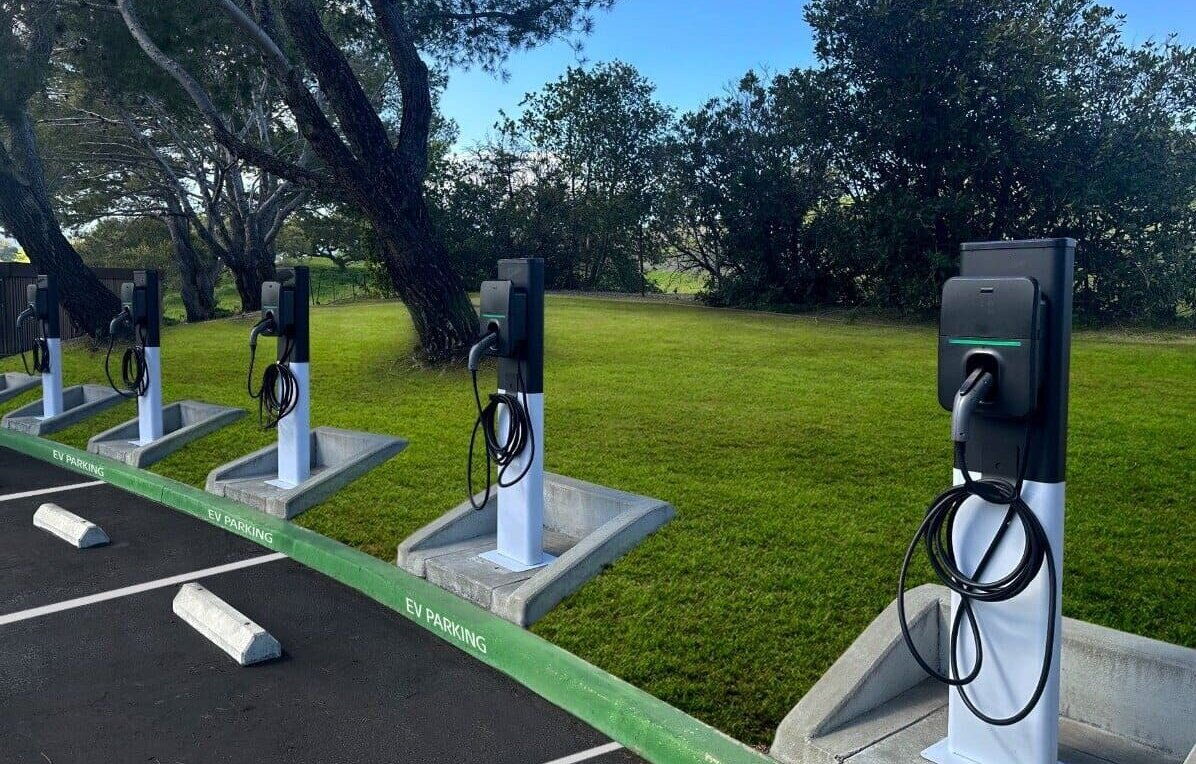As electric vehicles (EVs) continue to gain traction worldwide, the demand for reliable and efficient charging infrastructure is growing exponentially. Commercial EV charging stations, in particular, play a pivotal role in supporting the widespread adoption of EVs by providing high-powered, fast-charging solutions for businesses, fleets, and public spaces. Unlike residential chargers, which are typically limited to 11kW, commercial EV chargers are designed to deliver between 50kW and over 360kW, enabling rapid charging for multiple vehicles throughout the day. These systems are engineered to operate continuously in demanding environments, offering advanced features such as power management, payment processing, and remote monitoring.
However, selecting the right commercial EV charging station is no simple task. Property owners and businesses must consider a range of factors, including power infrastructure, construction durability, maintenance requirements, user experience, and future adaptability. This article delves into the key considerations for choosing the ideal commercial EV charging station, ensuring a strong return on investment (ROI) and meeting the needs of both businesses and EV drivers.

Before diving into the selection process, it’s essential to understand the different levels of EV charging and their suitability for commercial applications.
Level 1 chargers are the most basic type of EV charging, utilizing a standard 120-volt electrical outlet. While they are highly accessible and require no specialized installation, their slow charging speeds—typically providing only 2-5 miles of range per hour—make them unsuitable for most commercial applications. Level 1 charging is generally reserved for residential use or situations where vehicles are parked for extended periods, such as overnight charging at home.
Level 2 chargers operate at 240 volts and offer a significantly faster charging rate, delivering 20-40 miles of range per hour. These stations are well-suited for commercial and multifamily properties where drivers may need to recharge their vehicles over several hours, such as workplaces, shopping centers, or apartment complexes. Level 2 chargers strike a balance between cost and performance, making them a popular choice for many businesses.
Level 3 chargers, also known as DC Fast Chargers (DCFC), are the most powerful option, operating at 480 volts or higher. These stations can charge an EV at a rate of 60-250 miles of range per hour, depending on the specific charger and vehicle compatibility. Level 3 chargers are ideal for high-traffic locations, such as highways, gas stations, and fleet depots, where drivers require a quick charge to continue their journey. However, they come with higher installation and operational costs, making them a more significant investment.

Choosing the right commercial EV charging station requires a thorough evaluation of several critical factors. Below, we explore the most important considerations to ensure a successful deployment.
One of the most significant challenges in deploying commercial EV charging stations is ensuring that the property’s electrical infrastructure can support the additional load. Level 2 and Level 3 chargers require substantial power, and upgrading existing electrical systems can be costly. Property owners must work with utility providers and electrical engineers to assess the available power capacity and determine whether upgrades are necessary.
Additionally, advanced power management systems are essential for optimizing energy usage and preventing grid overload. These systems can dynamically allocate power between multiple chargers, prioritize charging sessions, and even integrate with renewable energy sources like solar panels.
Commercial EV charging stations must be built to withstand harsh environmental conditions, including extreme temperatures, rain, snow, and UV exposure. Robust construction materials, such as stainless steel or powder-coated aluminum, are essential for ensuring durability and longevity.
Furthermore, charging stations should undergo rigorous environmental testing to certify their performance in various conditions. Look for products that meet industry standards for ingress protection (IP) ratings, which indicate resistance to dust and water, as well as certifications for safety and reliability.
Downtime is a critical concern for commercial EV charging stations, as non-operational units can lead to lost revenue and dissatisfied customers. Selecting chargers with modular designs and easily replaceable components can simplify maintenance and reduce repair times.
It’s also important to choose a manufacturer or provider that offers comprehensive support, including remote diagnostics, on-site service, and readily available spare parts. Regular maintenance, such as cleaning connectors and updating software, is essential for ensuring optimal performance and extending the lifespan of the equipment.
A seamless user experience is crucial for encouraging EV adoption and ensuring customer satisfaction. Commercial charging stations should feature intuitive interfaces, such as touchscreens or mobile apps, that guide users through the charging process. Clear instructions, real-time status updates, and error notifications can enhance usability and reduce frustration.
Payment processing is another critical component. Modern charging stations support a variety of payment methods, including credit/debit cards, mobile payments, and RFID cards. Some systems also offer subscription-based models or integration with existing loyalty programs. Ensuring secure and convenient payment options can help attract more users and generate additional revenue.
The EV industry is evolving rapidly, with new technologies and standards emerging regularly. To protect their investment, property owners should select charging stations that are futureproof and adaptable. This includes support for upcoming charging standards, such as higher power levels or new connector types, as well as the ability to integrate with smart grid technologies and energy management systems.
Scalability is another important consideration. As demand for EV charging grows, businesses may need to expand their charging infrastructure. Choosing a system that allows for easy addition of new chargers or upgrades to existing ones can save time and money in the long run.
Deploying commercial EV charging stations is a significant investment, and property owners must carefully evaluate the potential ROI. Several factors influence the financial viability of a charging station project:
This includes the cost of the charging equipment, electrical upgrades, and construction. Level 3 chargers, in particular, can require substantial upfront investment due to their high power requirements.
Ongoing expenses, such as electricity, maintenance, and software subscriptions, must be factored into the ROI calculation.
The level of demand for EV charging at the property will directly impact revenue potential. High-traffic locations, such as shopping malls or highway rest stops, are more likely to generate consistent usage.
In addition to charging fees, businesses can explore additional revenue streams, such as advertising, partnerships with EV manufacturers, or offering premium services like reserved parking spots.
Many governments and utilities offer incentives to offset the cost of installing EV charging stations. Property owners should research available programs to maximize their ROI.
The transition to electric mobility is well underway, and commercial EV charging stations are playing a crucial role in supporting this shift. By carefully considering factors such as power infrastructure, construction durability, maintenance requirements, user experience, and future adaptability, property owners can select the right charging solution to meet their needs and maximize their ROI.
As the EV market continues to grow, investing in robust and scalable charging infrastructure will not only benefit businesses but also contribute to a more sustainable and energy-efficient future. Whether you’re a property owner, fleet manager, or business operator, now is the time to embrace the opportunities presented by commercial EV charging stations.
